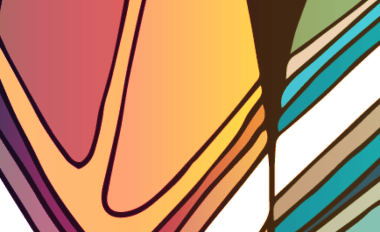Every time Aboriginal Cultural Heritage becomes artefacts – they’re removed from Country, categorised and catalogued – it is not what they were intended for…removal of them then can be seen as an ongoing manifestation of our Peoples’ dispossession from Country.
Victoria’s museums and archives are now home to many objects of enormous cultural significance to Victoria’s Aboriginal Peoples. These include Secret or Sacred Objects, art, possum skin cloaks, photographs, weapons, hunting tools and fish traps. In many cases these objects were at some point stolen from their communities of origin, or at least obtained under circumstances which would not meet the standard of free, prior, informed consent if acquired today. Lack of knowledge and care has meant that many of these objects have a history of storage and treatment that did not recognise their significance and was inconsistent with cultural protocols.
Western styles of catalogue management have prioritised recording of certain information and have neglected other forms of information. For example, a catalogue entry for an archival photograph may record the anthropologist’s name but not the names of any of the Aboriginal People in the frame. This bias in record keeping has meant the loss of a great deal of significant cultural information.
When displayed in exhibitions, curation and explanatory panels, in short, the wholistic interpretation of the object is frequently designed by a non-Indigenous person who does not have the requisite knowledge or authority to be telling that object’s story in a way that is authentic. Historically, the very absence of Aboriginal voices in all stages of collections care and management has produced a deafening silence in the walls of what is already an essentially western institution.
All that we are is story. From the moment we are born to the time we continue on our spirit journey; we are involved in the creation of the story of our time here. It is what we arrive with. It is all we leave behind. We are not the things we accumulate. We are not the things we deem important. We are story. All of us. What comes to matter then is the creation of the best possible story we can while we-re here; you, me, us, together. When we can do that and we take the time to share those stories with each other, we get bigger inside, we see each other, we recognize our kinship – we change the world one story at a time.
That said, the Galleries, Libraries, Archives and Museum (GLAM) sector has, on the whole, been ready to acknowledge its challenges, and proactive in the adoption of best practice models of collection acquisition, management, care and display. Some have also displayed an active shift to truth telling activities through co-design of exhibitions, and Aboriginal-led interpretation however, as a sector, there is still a lot more to be done in understanding the CHA.
The Bunjilaka Aboriginal Cultural Centre within Melbourne Museum, a venue of Museums Victoria includes a permanent exhibition space showing First Peoples, an exhibition co-designed by Aboriginal People, as well as an art space, the Birrarung Gallery, which holds three exhibitions a year showing the work of contemporary Aboriginal artists. Bunjilaka also includes the Milari Garden where plants of significance to the First Peoples of Victoria are grown as well as Kalaya, their performance space.42
In addition to an exhibition space dedicated to Aboriginal art and culture, the Koorie Heritage Trust offers cultural education services, cultural competency training, and a Koorie Family History Service. They have had their Oral History Collection since 1987 and now have over 2,000 recordings, primarily from Aboriginal People from all over Victoria.
The GLAM sector has a role to play in truth telling. It also has a role in building its own capacity to facilitate revitalisation and maintenance of connections between cultural objects, cultural practice and their Traditional Owners.
Discussion question: Why is it important for Aboriginal Peoples to control the management and care of their Cultural objects?
- How do Aboriginal Peoples want to connect with their cultural objects?
- How can Aboriginal Peoples be empowered be the interpreters of their Cultural objects?
- How can Aboriginal Peoples be involved in the co-design of conservation and collection management plans for objects in GLAM sector collections?
- What are some two-way learning opportunities between Aboriginal communities and the GLAM sector?
Updated

